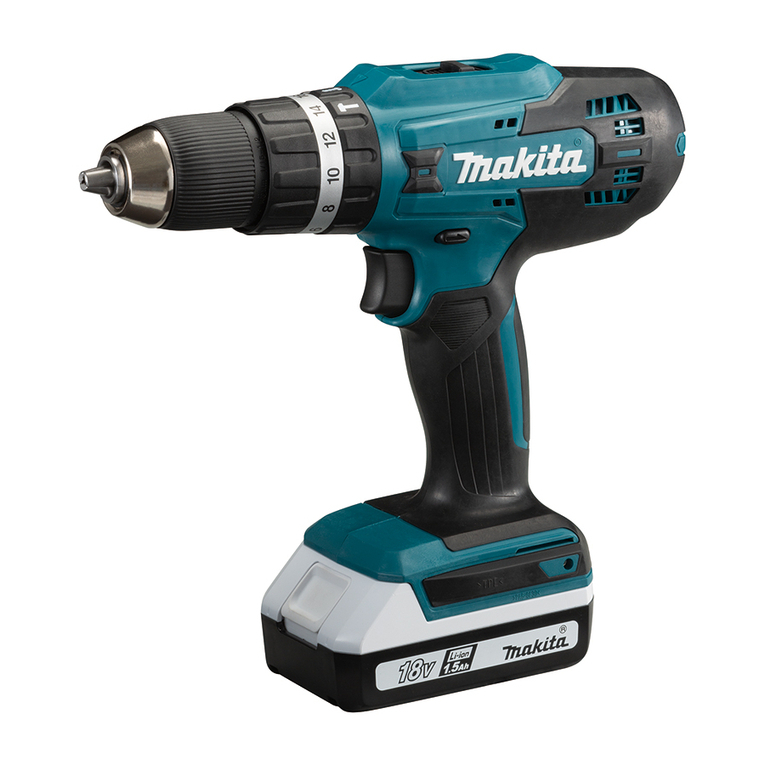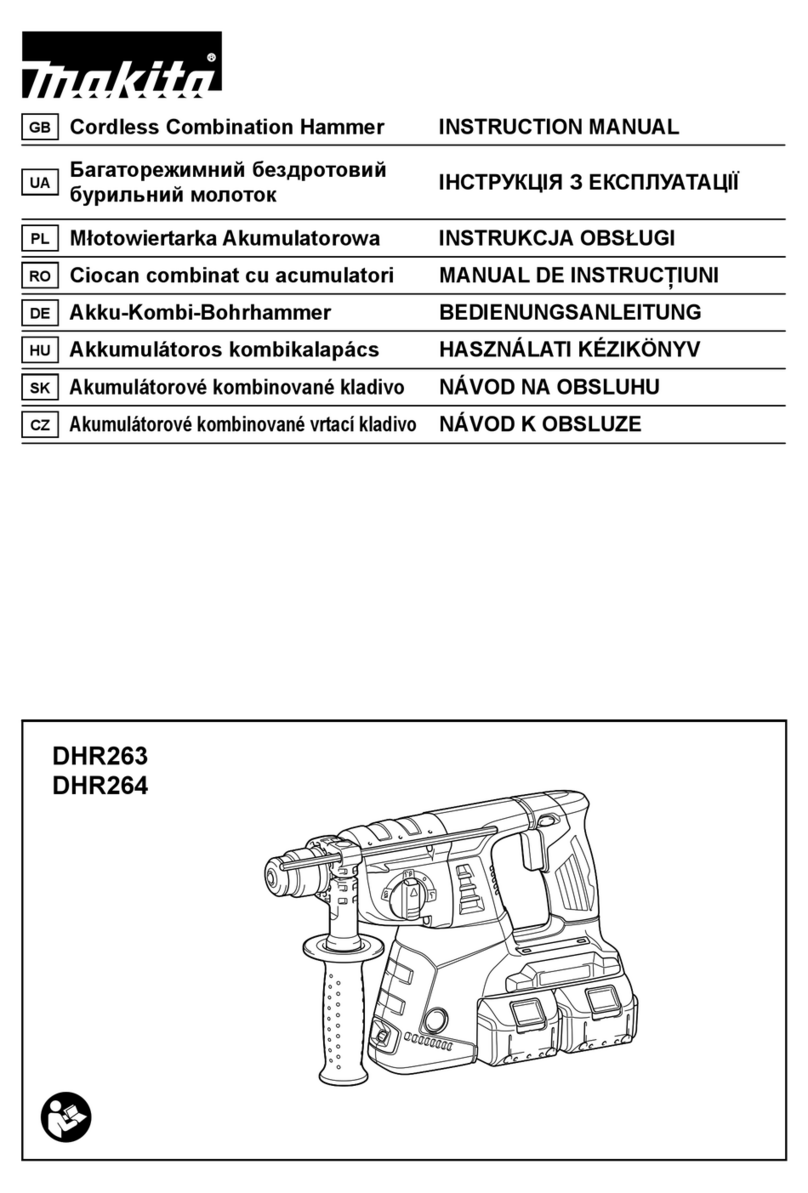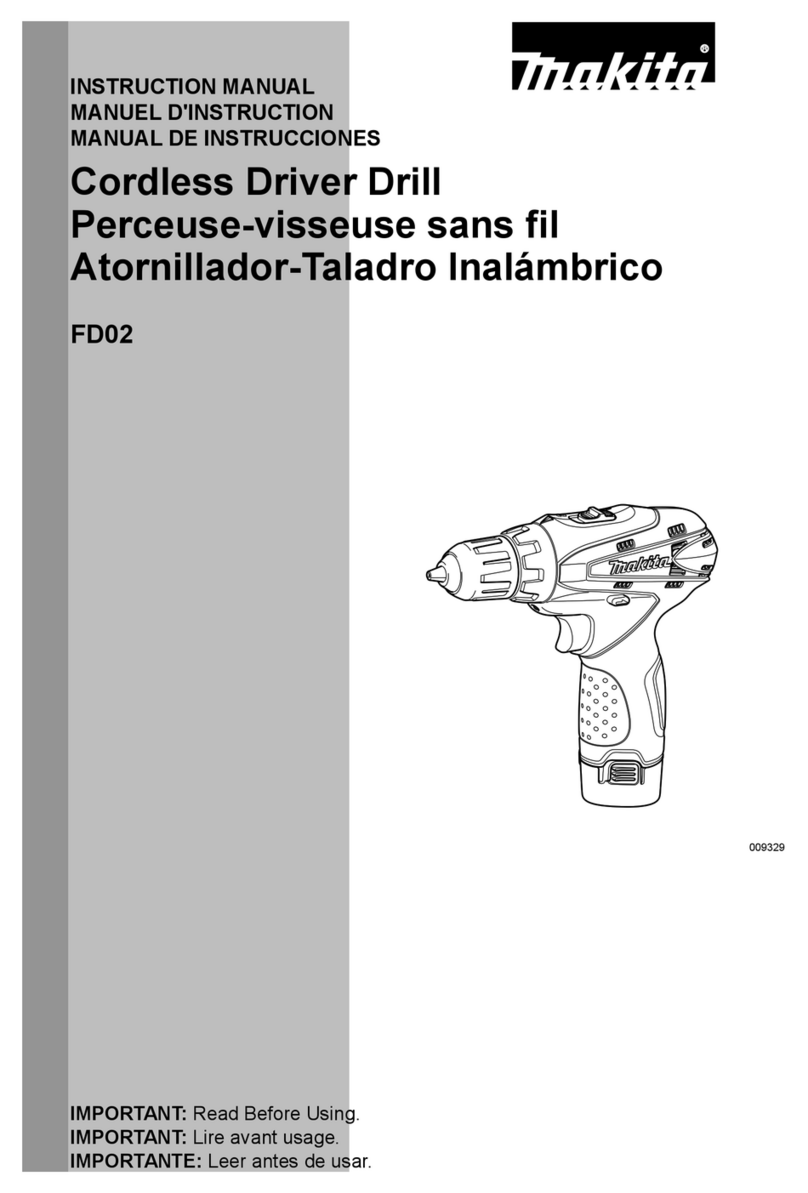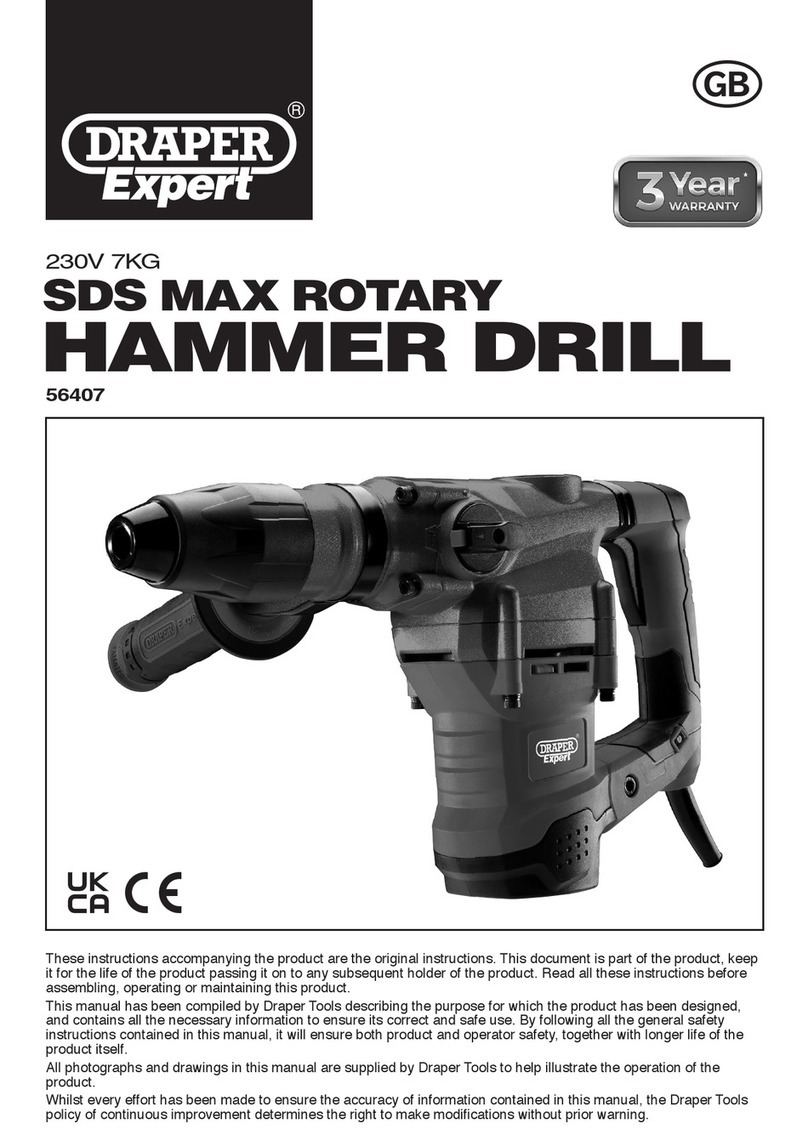Makita DHP480 Manual
Other Makita Drill manuals

Makita
Makita 6402 User manual

Makita
Makita DHP483 User manual

Makita
Makita BHP454 User manual
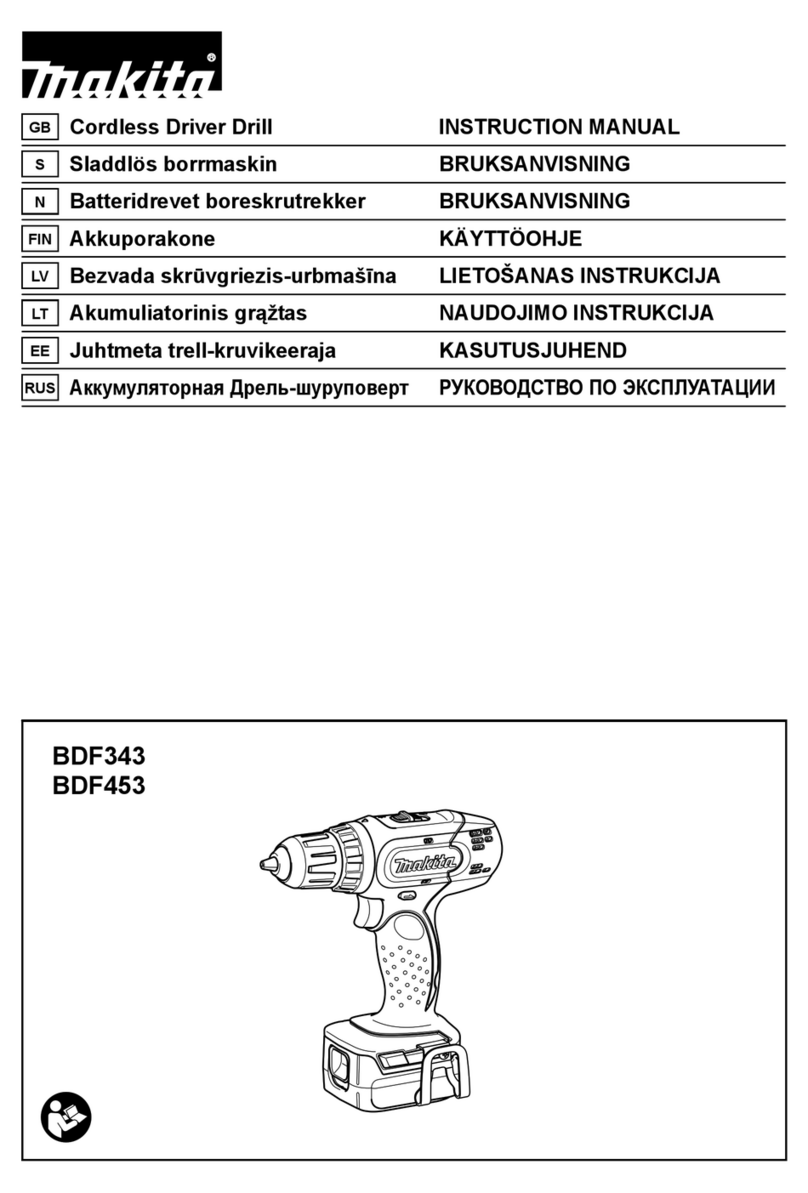
Makita
Makita BDF453 User manual
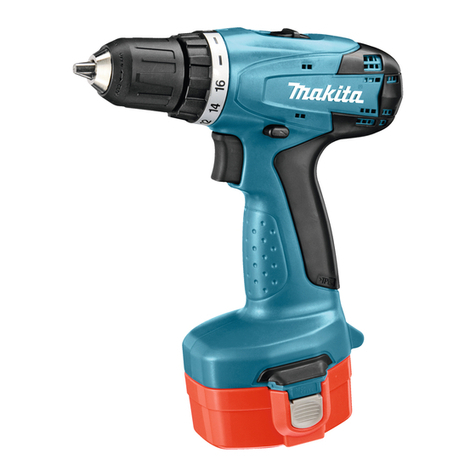
Makita
Makita 6281D Manual
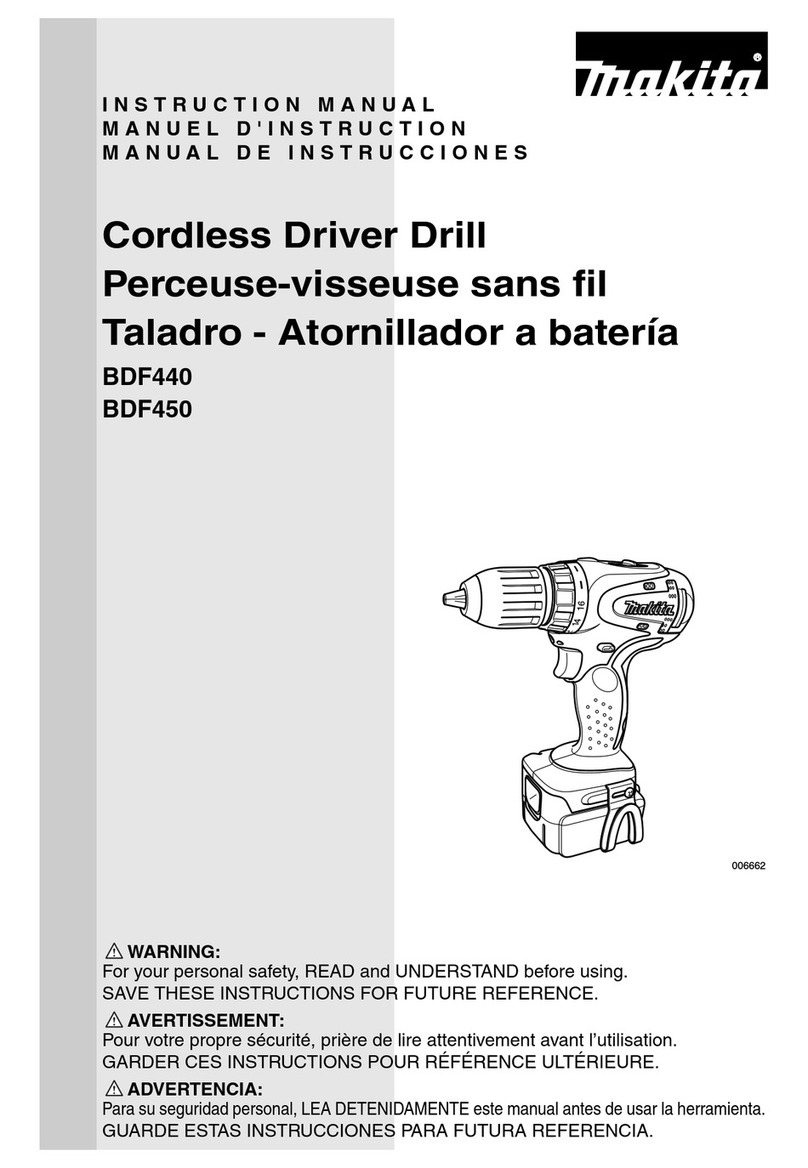
Makita
Makita BDF440 User manual
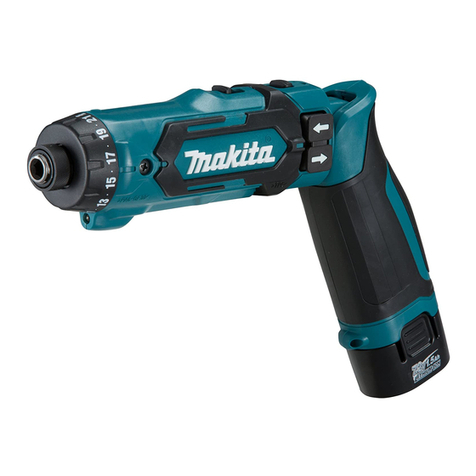
Makita
Makita DF012D User manual
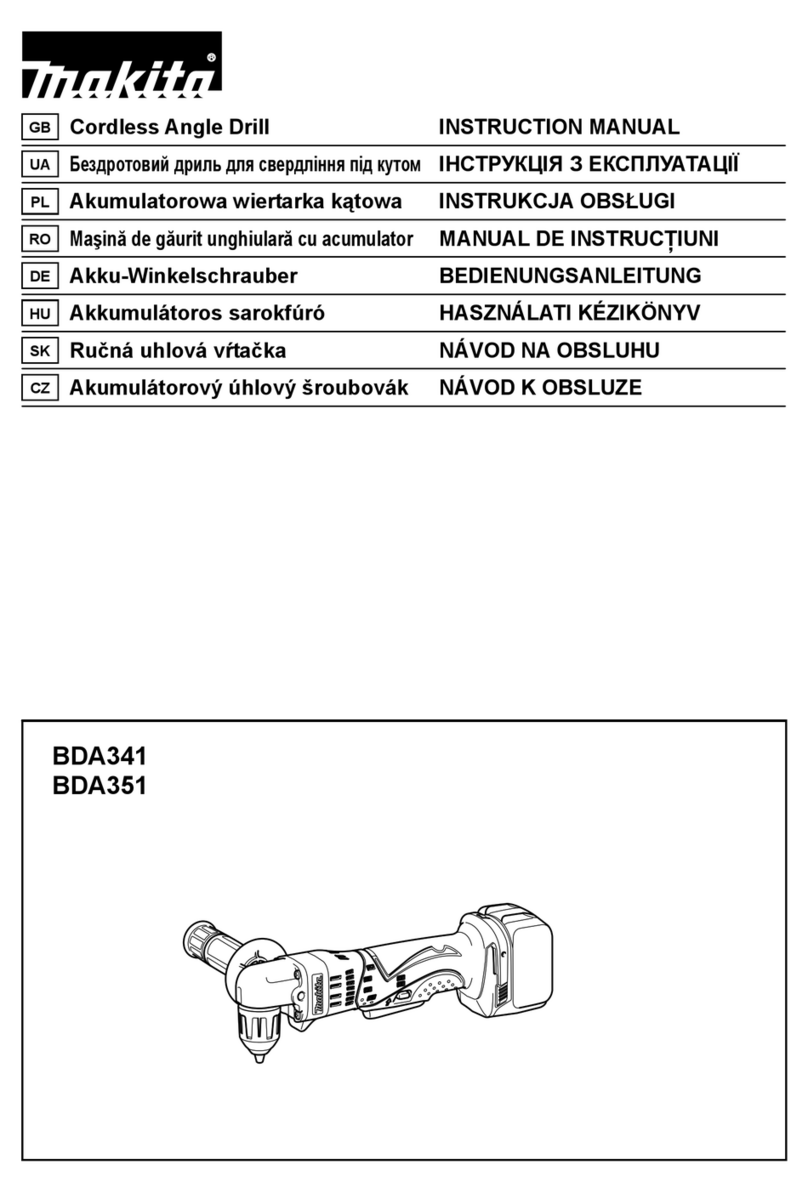
Makita
Makita BDA341 User manual

Makita
Makita MODEL HP1501 User manual

Makita
Makita M610 User manual

Makita
Makita 6319D User manual
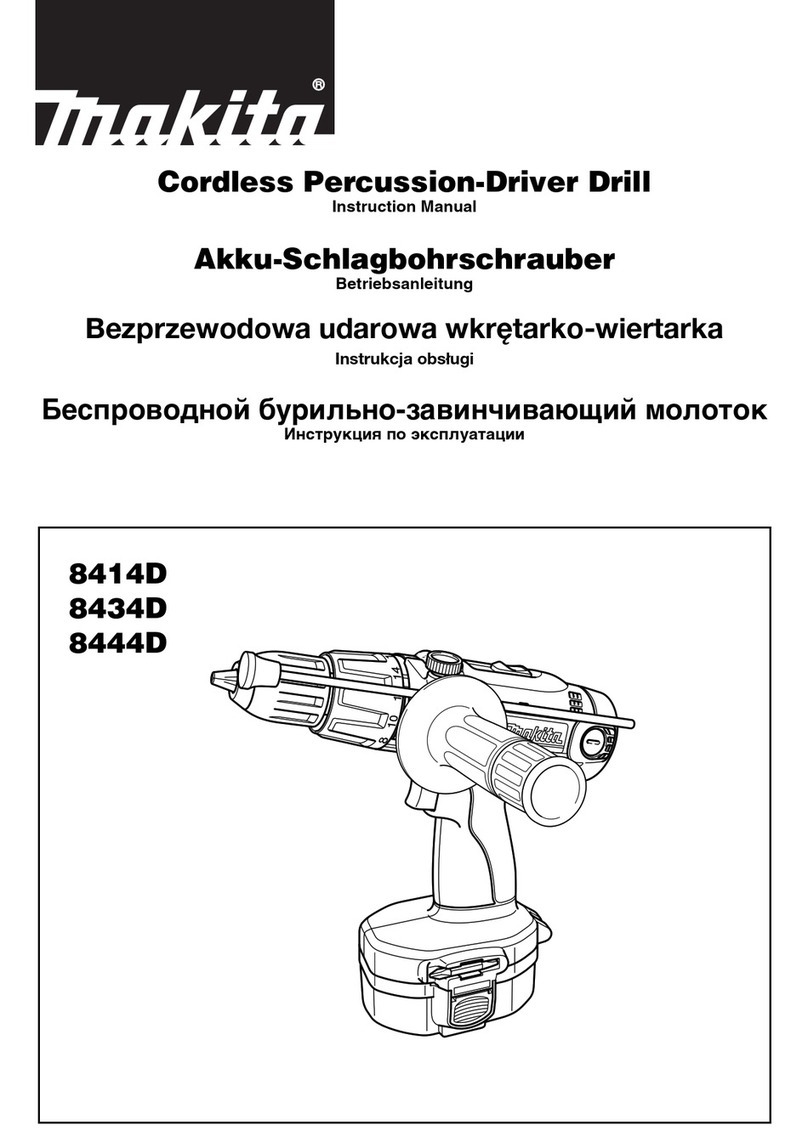
Makita
Makita 8414D User manual
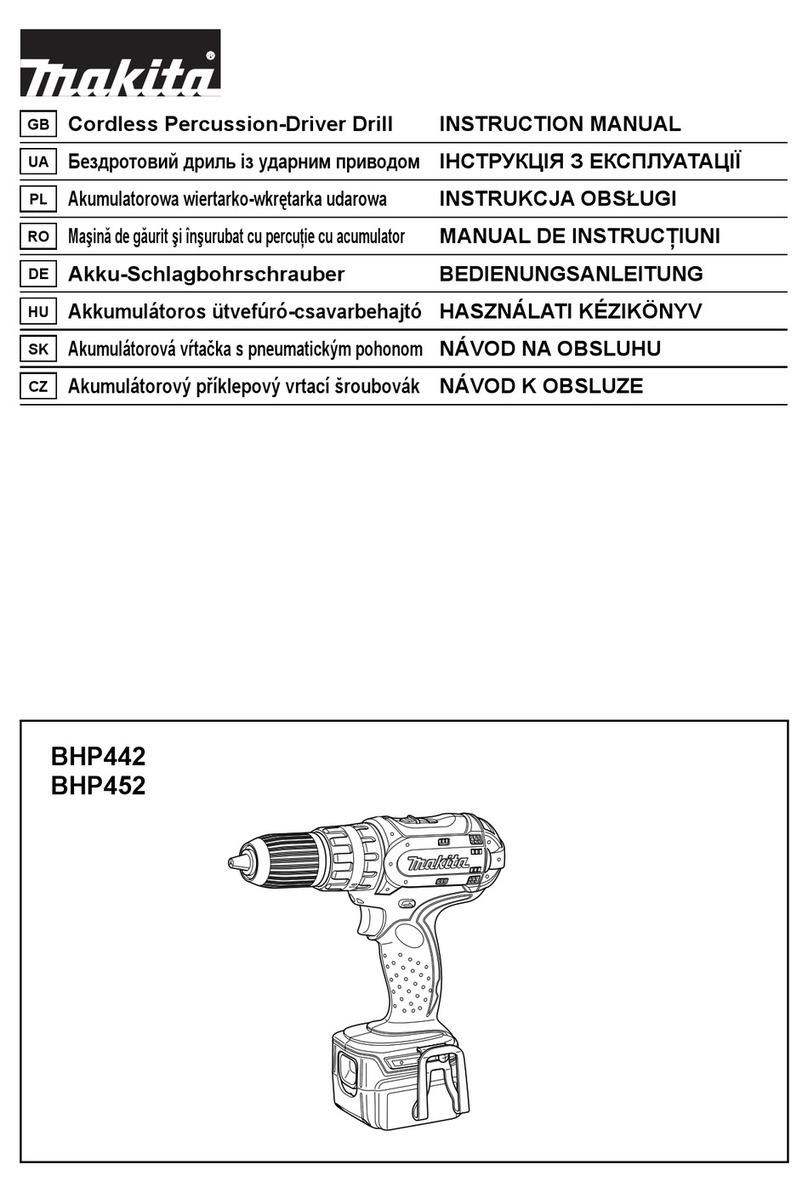
Makita
Makita BHP442 User manual
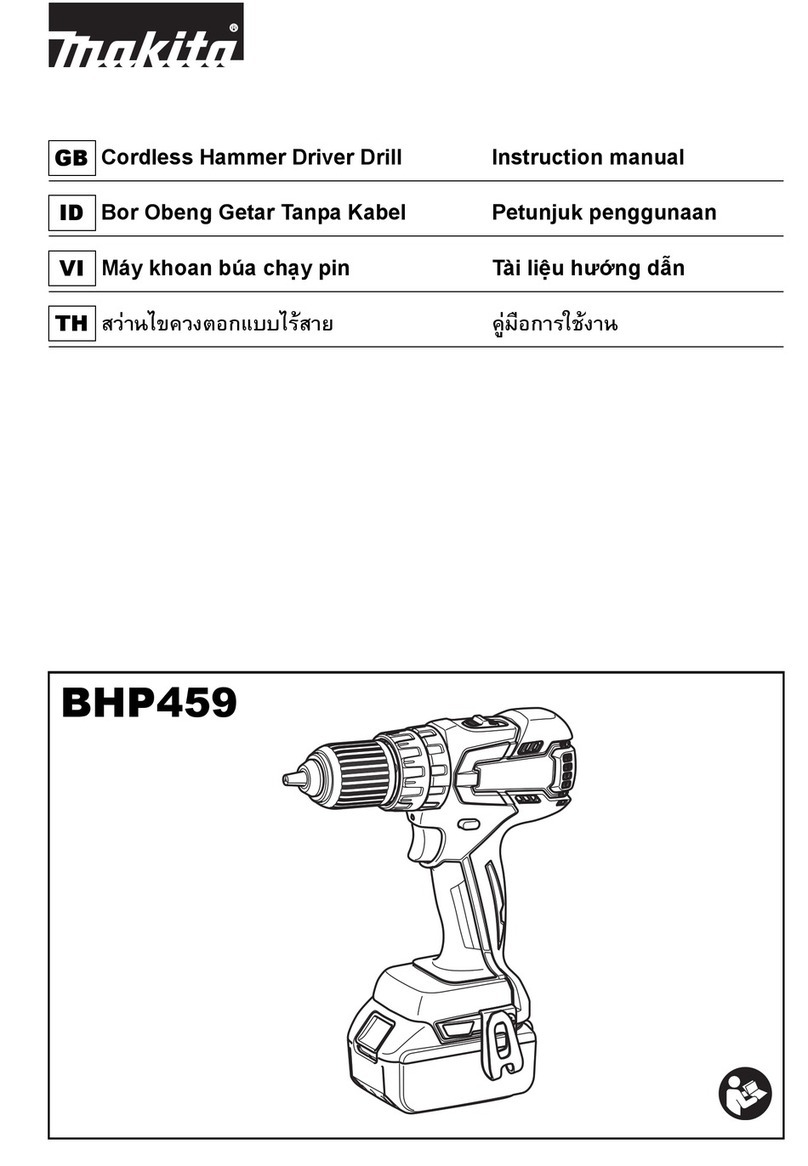
Makita
Makita BHP459 User manual
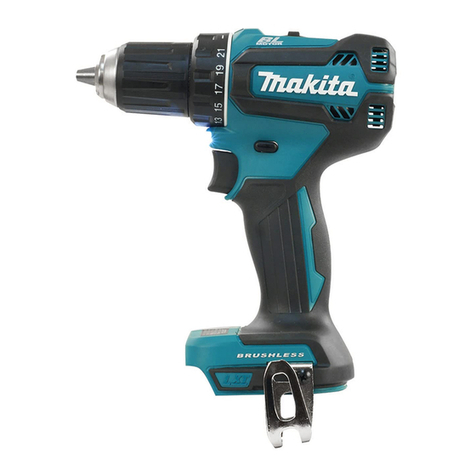
Makita
Makita DDF485Z User manual
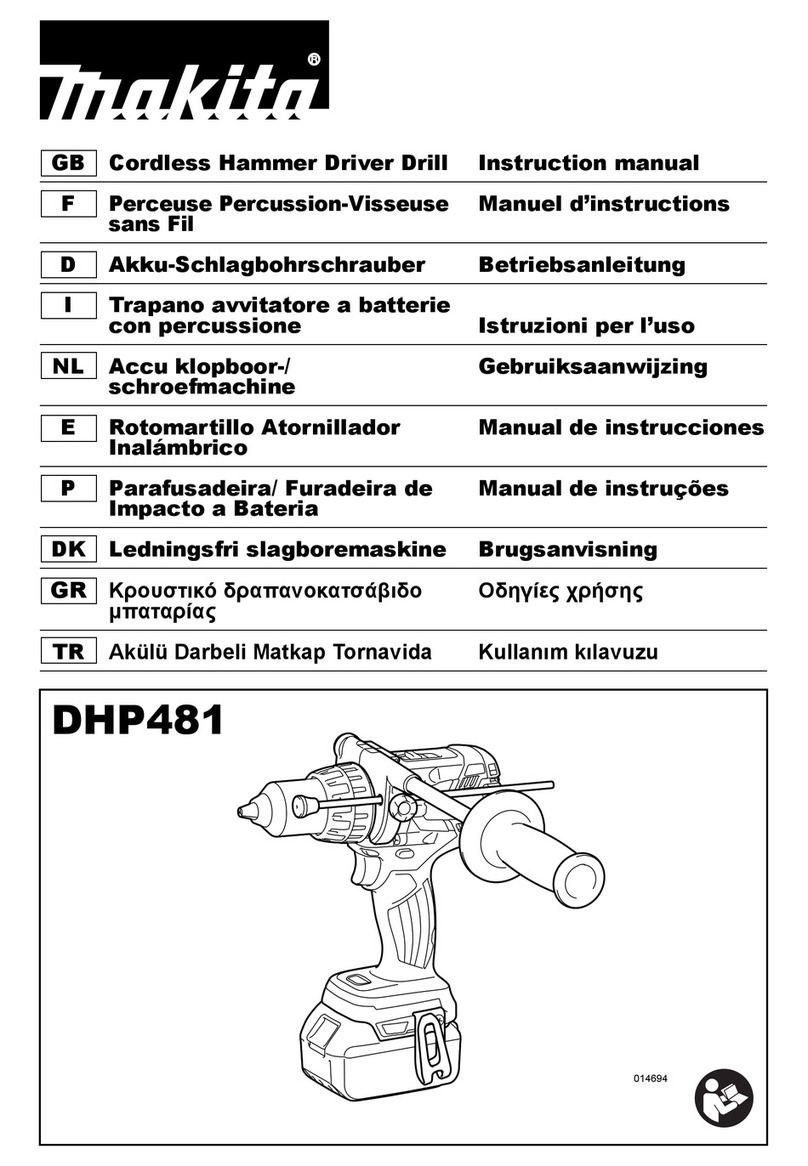
Makita
Makita DHP481 User manual

Makita
Makita DHP459 User manual

Makita
Makita DDF481 User manual
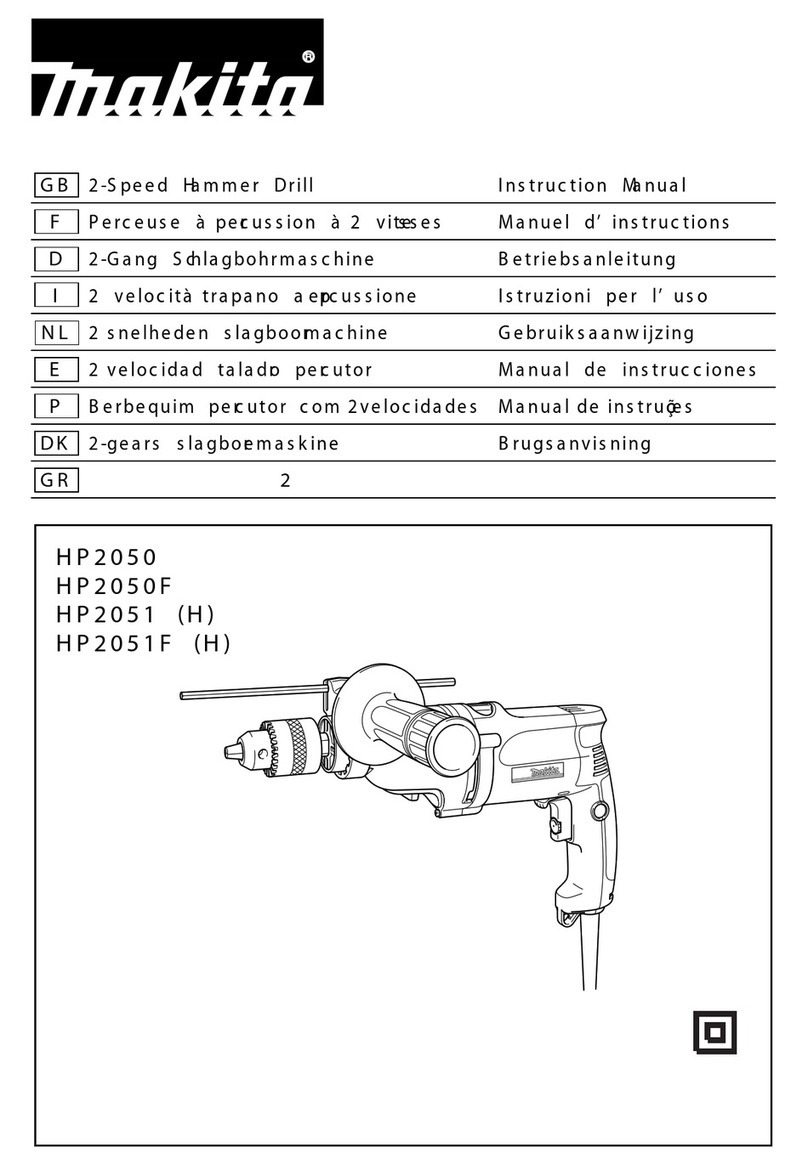
Makita
Makita HP2051FH User manual

Makita
Makita BDF444 User manual
Popular Drill manuals by other brands

Panasonic
Panasonic EY7460 - DRILL DRIVER 21.6V operating instructions

Mueller
Mueller E-5 operating instructions

Bosch
Bosch GSB Professional 18-2 RE Original instructions

Clarke
Clarke CON18LI Operation & maintenance instructions

Stanley
Stanley SCH20 user manual

Black & Decker
Black & Decker LDX220 instruction manual
